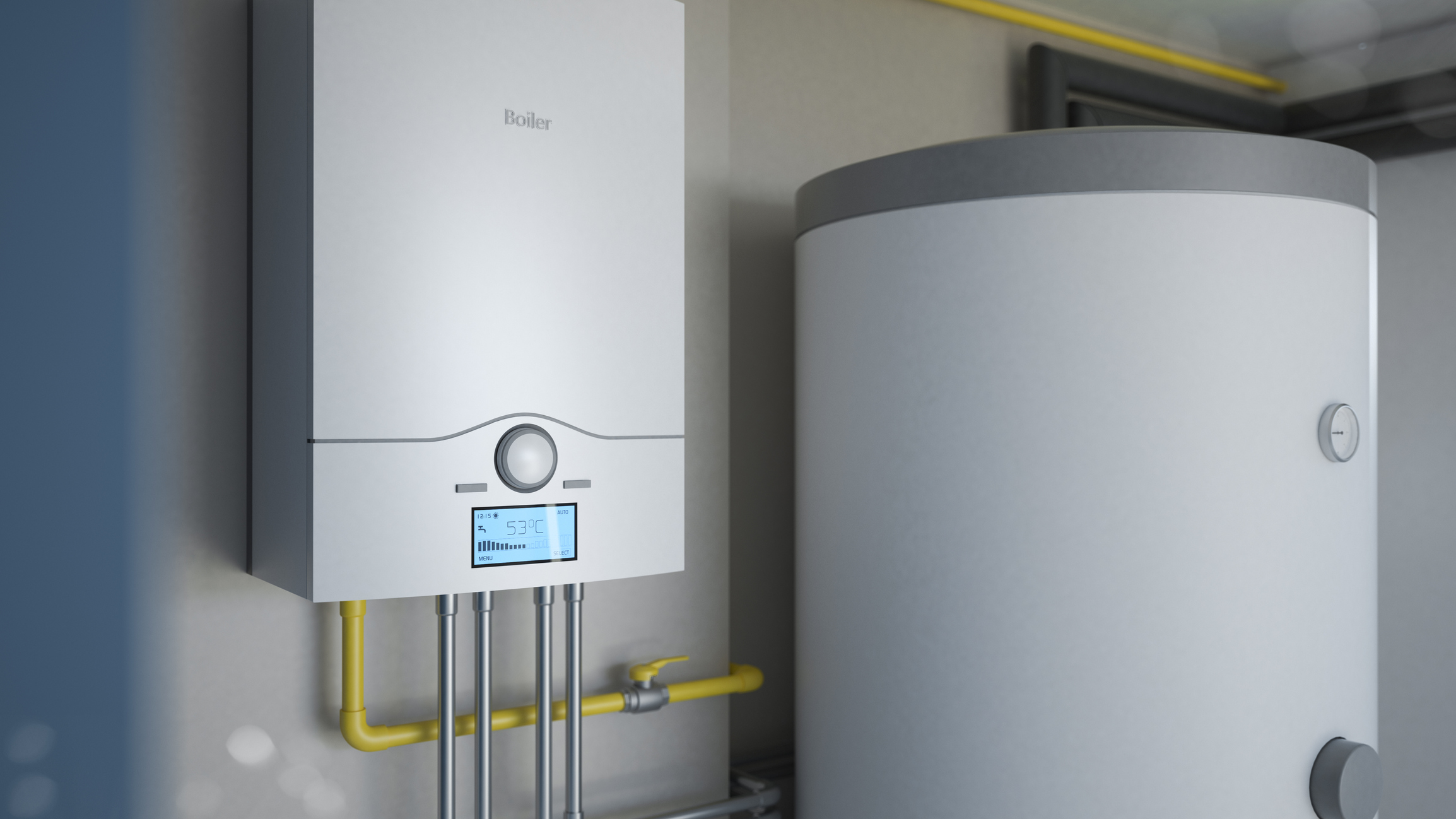Best Practices for Maintaining Your Home's Hot Water SystemWays to Maintain Your Home's Hot Water System in Good Condition
Best Practices for Maintaining Your Home's Hot Water SystemWays to Maintain Your Home's Hot Water System in Good Condition
Blog Article
Here down the page you can locate more wonderful insight involving How to Maintain a Hot Water Heater in a Few Simple Steps.

Hot water is important for everyday convenience, whether it's for a revitalizing shower or washing meals. To ensure your hot water system runs efficiently and lasts longer, routine maintenance is key. This article provides useful suggestions and insights on exactly how to preserve your home's hot water system to prevent interruptions and expensive repair services.
Intro
Keeping your home's hot water system might seem challenging, yet with a couple of easy steps, you can ensure it operates smoothly for years to come. This guide covers everything from understanding your warm water system to DIY maintenance suggestions and knowing when to hire professional help.
Importance of Keeping Your Warm Water System
Normal upkeep not only extends the lifespan of your hot water system yet additionally guarantees it operates efficiently. Neglecting upkeep can result in decreased efficiency, greater power expenses, and even premature failing of the system.
Indications Your Warm Water System Demands Upkeep
Understanding when your hot water system requires interest can avoid major issues. Keep an eye out for indications such as inconsistent water temperature, weird sounds from the heater, or corroded water.
Purging the Water Heater
Flushing your hot water heater removes debris accumulation, improving performance and extending its life.
Checking and Changing Anode Rods
Anode poles avoid corrosion inside the container. Examining and replacing them when broken is important.
Complex Concerns Needing Professional Assistance
Examples consist of major leakages, electric issues, or if your water heater is constantly underperforming.
Routine Specialist Maintenance Benefits
Expert maintenance can consist of extensive examinations, tune-ups, and guaranteeing conformity with security standards.
Checking and Adjusting Temperature Level Settings
Changing the temperature setups ensures ideal performance and security.
DIY Tips for Maintenance
You can execute a number of upkeep tasks on your own to keep your warm water system in leading condition.
Looking for Leakages
Routinely check pipelines and connections for leakages, as these can lead to water damages and greater bills.
Recognizing Your Hot Water System
Before diving right into maintenance jobs, it's valuable to recognize the basic parts of your hot water system. Usually, this consists of the hot water heater itself, pipes, anode rods, and temperature level controls.
Monthly Maintenance Tasks
Normal monthly checks can assist capture small issues before they rise.
Testing Stress Relief Valves
Evaluating the stress safety valve ensures it works appropriately and protects against excessive pressure build-up.
Shielding Pipes
Protecting warm water pipelines lowers warmth loss and can conserve power.
When to Call a Professional
While DIY maintenance is helpful, some concerns require professional competence.
Final thought
Routine maintenance of your home's hot water system is vital for effectiveness, durability, and cost savings. By following these tips and knowing when to seek specialist aid, you can make certain a trustworthy supply of hot water without unexpected disruptions.
Water Heater Maintenance Tips
Test the TPR Valve
Shut off the power and the cold-water supply valve. Place a bucket under the pipe connected to the temperature-pressure-release (TPR) valve on the top or side of the tank. (This valve opens if the tank pressure gets too high.) Lift the valve’s tab to let some water out, then let go. If water keeps flowing, drain the tank partway, unscrew the old valve with a pipe wrench, and install a new one. Check the Anode Rod
Put a hose to the tank’s drain cock and let out a few gallons of water. Now fit a 1 1/16-inch socket onto the rod’s hex head on top of the heater (or under its top plate) and unscrew the rod. If it’s less than ½ inch thick or coated with calcium, buy a new one, wrap its threads with Teflon tape, put it back in the tank, and tighten securely. Use this segmented rod if headroom above the tank is limited. Drain the Tank and Wash Out Sediment
Drain the remaining water in the tank into the bucket, then stir up the sediment on the tank’s bottom by briefly opening the cold-water supply valve. Drain and repeat until clean water comes out of the hose. Close the drain cock, refill the tank, and turn its power back on. Adjust the Temperature
Find the temperature dial on the side of the tank and unscrew its cover. Adjust the dial to 120 degrees using a flathead screwdriver. For every 10 degrees the temperature is lowered, you can expect to save up to 5 percent in energy costs. Turn the water heater off or the thermostat down to its lowest setting if you plan to be away from home for more than three days. Insulate the Pipes
Buy some self-sticking 3/8-inch-thick foam pipe insulation that matches the pipes’ diameter. Slide the foam over the hot-and cold-water pipes as far as you can reach. Insulating the cold-water pipe prevents condensation in summer. Peel the tape and squeeze the insulation closed. If the pipe is 6 inches or less from the flue, cover it with 1-inch-thick unfaced fiberglass pipe wrap. https://www.thisoldhouse.com/plumbing/21016402/how-to-maintain-a-water-heater

I have been very eager about Tips on Maintaining a Water Heater and I hope you liked the blog post. Don't hesitate to set aside a second to promote this content if you liked it. Kudos for your time. Don't forget to stop by our site back soon.
Book An Estimate Now Report this page